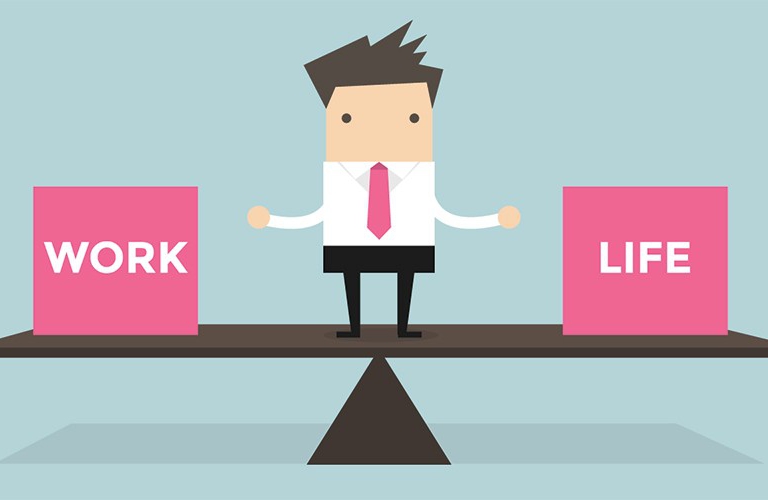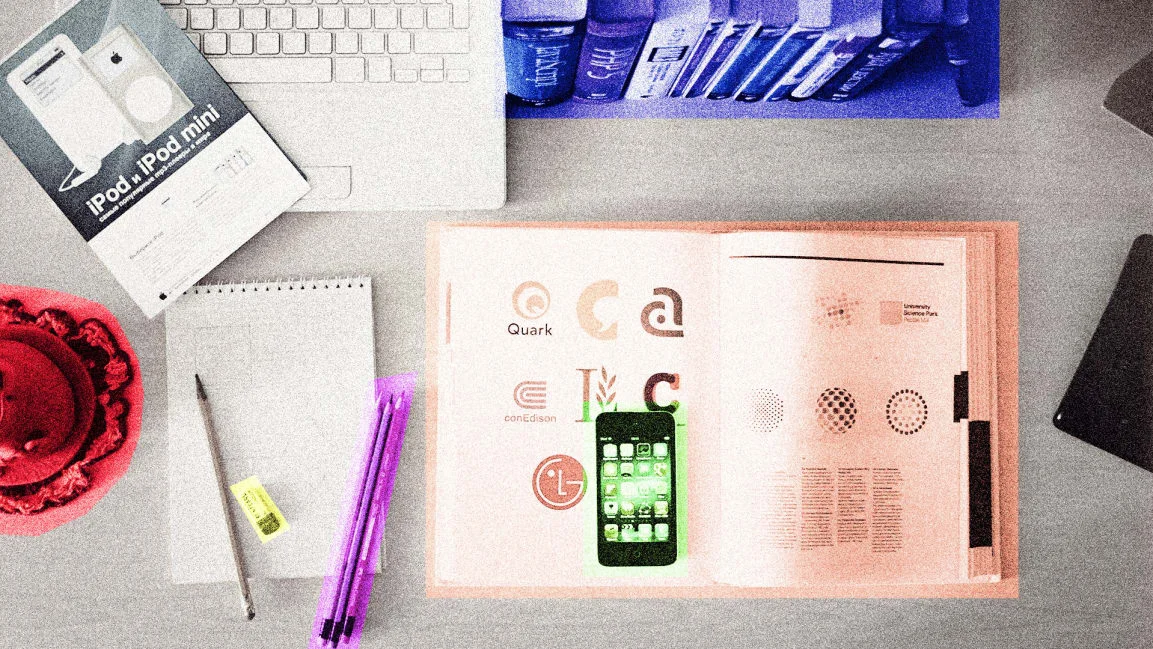Experts are increasingly identifying "burnout" as a cause for concern. Can design fight it back?
Office design has a role to play in reflecting neurological differences
In recent years, we have seen a growing civil rights movement focused on change in the workplace and in terms of office design, revolving around differences in brain function.
My Office Is Actually A Barcalounger
How designing for different work modalities can help people do their best work and ultimately become the best versions of themselves.
Younger workers believe flexible working is essential for mental health
Nearly 40 percent of people under the age of 45 who have flexible working believe it has offered marked improvements in their mental health, a survey from Wildgoose claims.
Accommodating a liquid workforce
Why we dress the way we do at work
The modern office wardrobe is the result of centuries of surprising social, political, and technological revolution.
How Conventional Offices Can Compete With Shared Workspace Providers
A Metropolis Think Tank panel at SmithGroup's Washington, D.C. office explored the new amenities that property managers are deploying to retain tenants.
Flexible working has increased dramatically in last two decades
The proportion of people with some form of flexible working has increased dramatically in the last two decades.
Inspiration From The Top Down: The Importance Of Culture On Your Workplace Design
What the most productive people keep on their desks
The items you keep nearby have an impact on your work performance. This is what you should keep—and what you should ditch.
Why workplaces are becoming more human
The workplace is predicted to become more human over the next ten years as an emphasis on creating memorable experiences transforms how and where people work.
The tipping point for flexible working arrives
Workers themselves are inevitably in favour of more flexible working, but this is perhaps the first time that they share a common viewpoint with managers on the issue.
Third Spaces: Workplace Design That Draws Employees In
How designing a magnet office and incorporating workplace third spaces improves employee attraction, retention, and engagement.
De-Stress the Workplace through Design
Healthcare Advancements That Will Redefine Office Design In 2020 And Beyond
There’s a major shift coming in the future of healthcare. Jennifer Walton and Susan Dwyer of H. Hendy Associates ask how will all this impact the corporate office?
Office design should take account of the quality of interactions as well as quantity
Ever since technology first made it possible for people to work remotely from their colleagues, there has been speculation not only that office design should change but even that the physical office could be dispensed with entirely, and with it the idea that people should come together to work in the same place at the same time to achieve common goals and to share in a common identity.
Sleeping on the job is now acceptable behaviour
While employees are clearly keen to catch up on and improve their sleeping habits, they also need a helping hand to do this. That’s where you as an employer can step in.
The Importance of Collaboration Technology to Workplace Culture
In 2019, there are four main strands of technology that are essential to developing a successful culture of collaboration in the workplace.
How Open Is Too Open for Your Office?
The open-plan office isn't the enemy - it's how we use it that matters
For decades the trend among workplaces has seen employees moving out of individual offices and into open-plan spaces. This has not always been successful, with the open-plan approach receiving significant criticism.

























